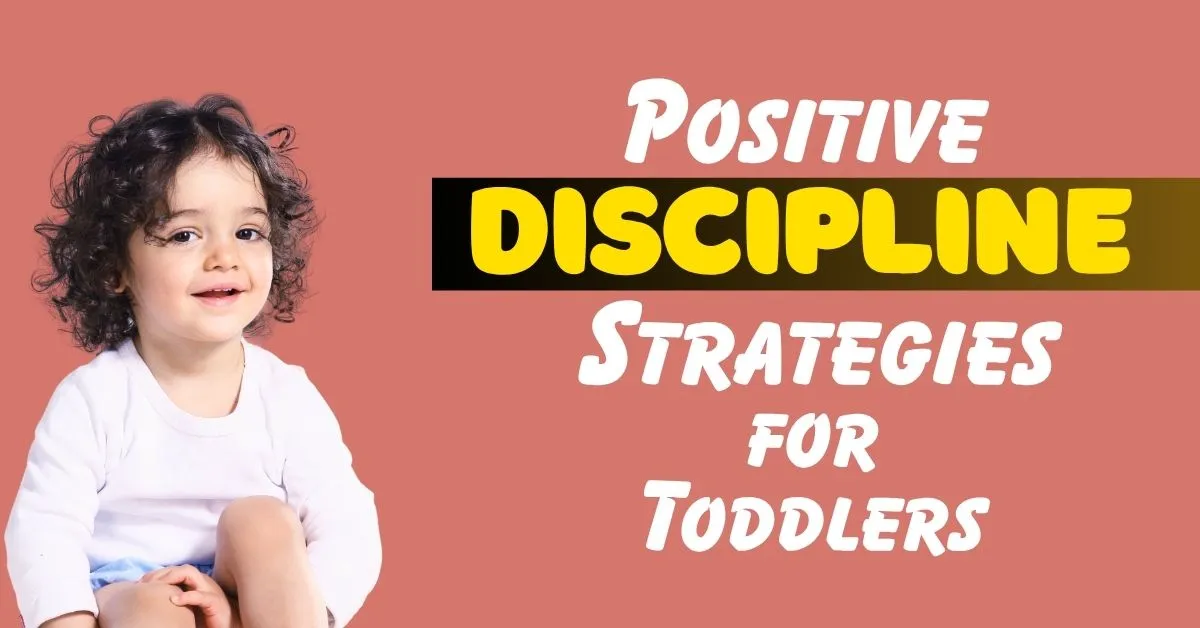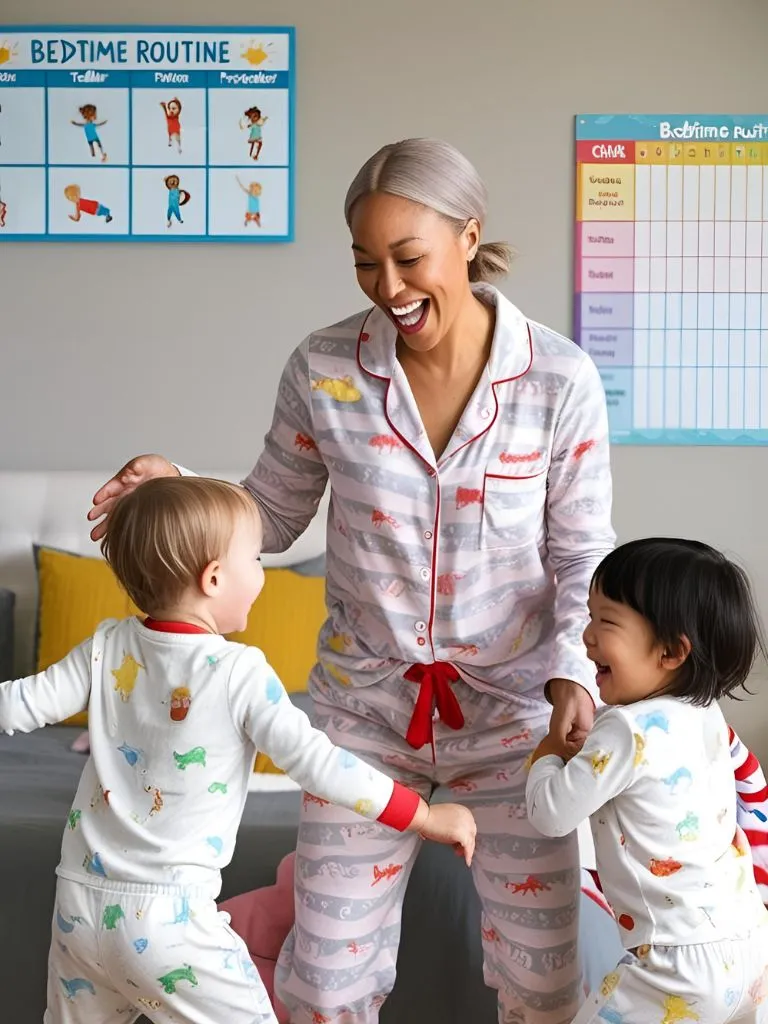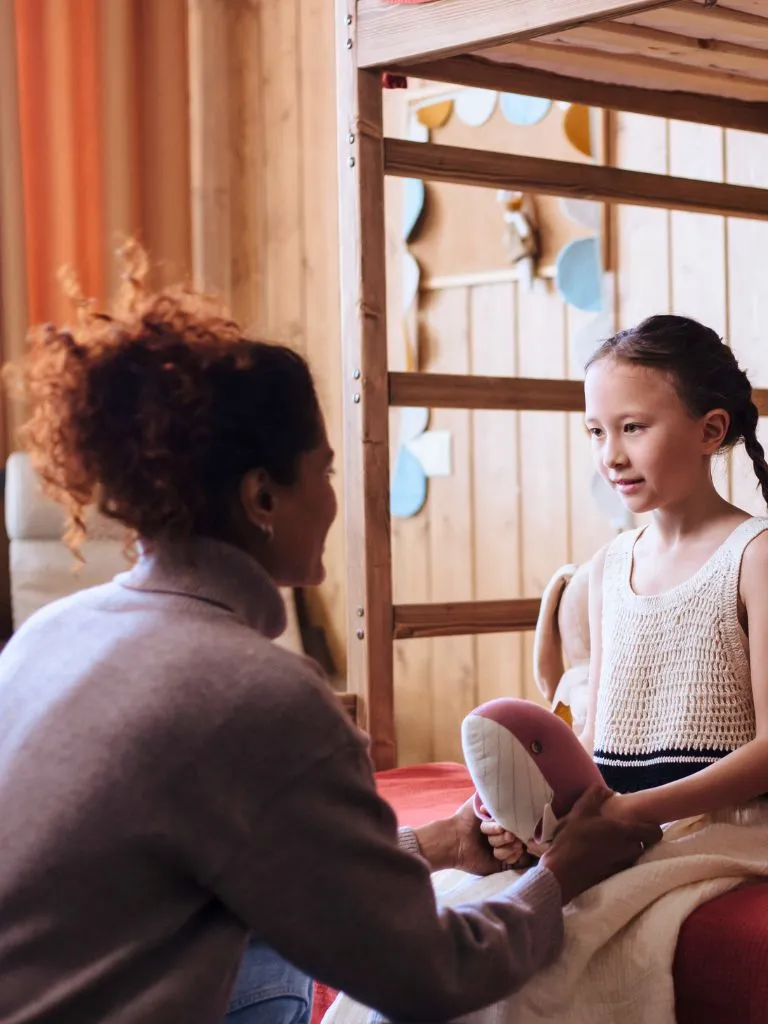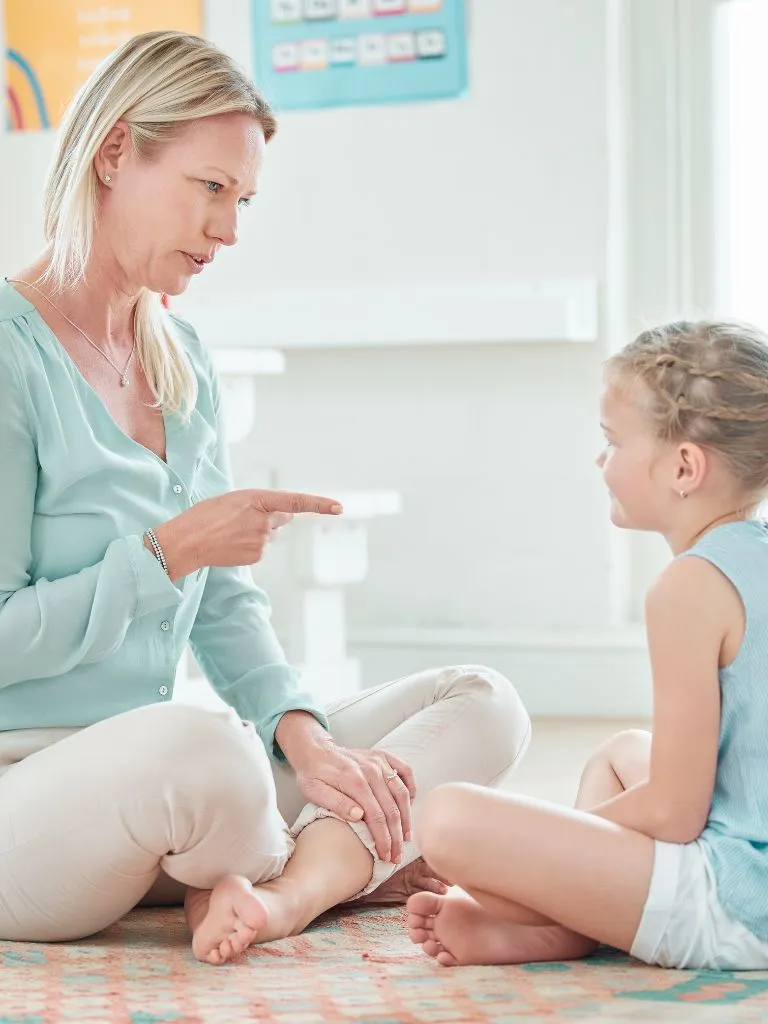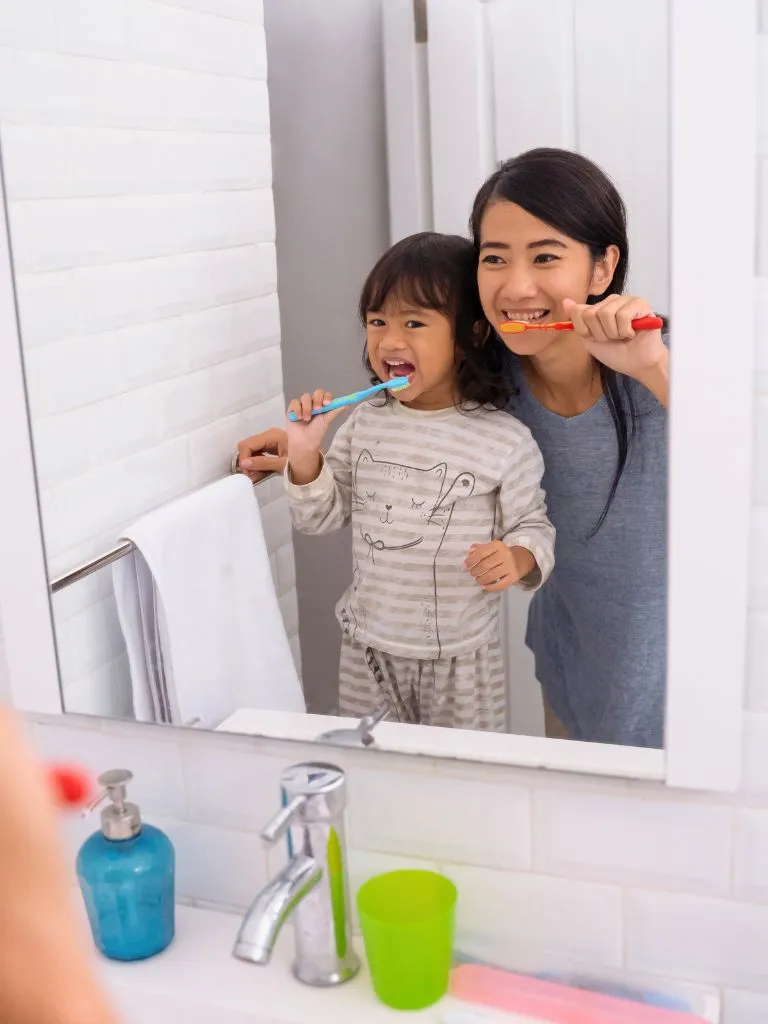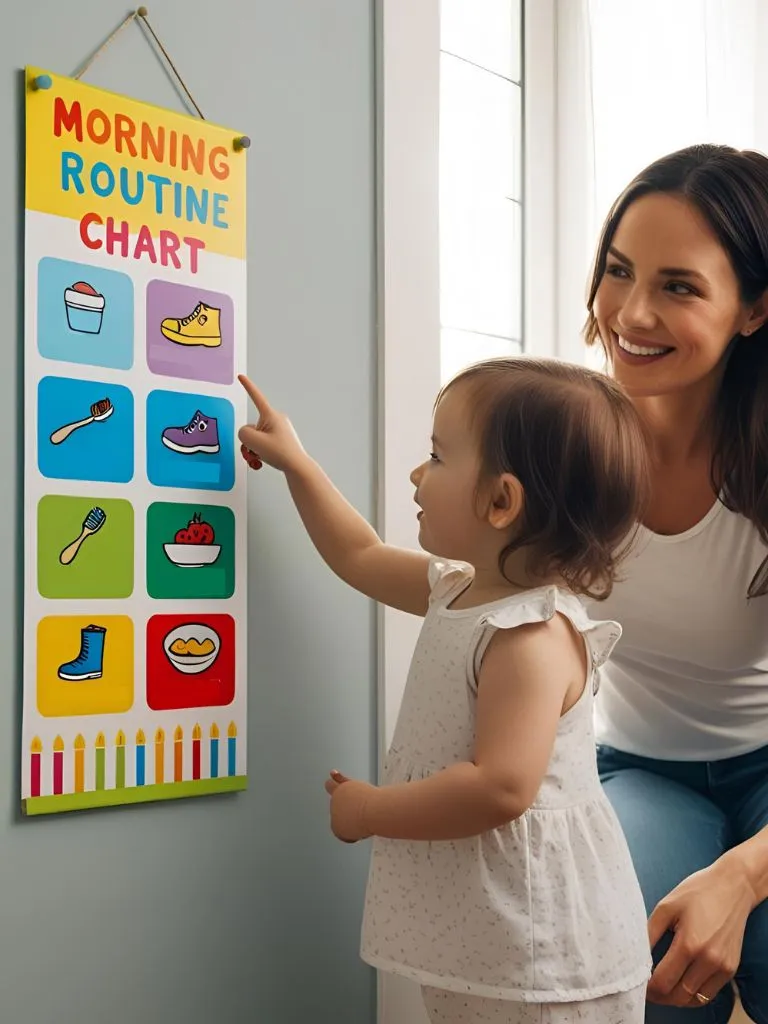Let me guess:
Your toddler just threw a shoe across the living room.
You’re running on two hours of sleep and a lukewarm cup of coffee.
And you’re wondering: How do I stop the chaos without becoming the yelling mom I swore I’d never be?
Mama, I’ve been there — more times than I can count.
Toddlerhood is wild and wonderful. One minute, your little one is blowing kisses. The next, they’re full-on sobbing because the banana broke in half. That’s where positive discipline comes in. Not as a magic fix — but as a gentle guide that helps your toddler and your nervous system grow stronger together.
Let me walk you through what’s actually worked for me (after many meltdowns and even more do-overs).
What Is Positive Discipline (And Why It’s Perfect for Toddlers)
Positive discipline isn’t about ignoring behavior. It’s about teaching your child what to do — without shame, yelling, or threats.
For toddlers, this looks like:
- Building safety and trust
- Offering choices they can handle
- Redirecting instead of punishing
- Validating big feelings while holding boundaries
It’s not always easy, but it is worth it — because the goal isn’t a perfectly behaved child. It’s a connected relationship with a child who learns through love.
1. Say What To Do, Not Just What Not To Do
Instead of “Don’t run inside!” try,
✅ “We walk inside. Let’s stomp like dinosaurs to the couch!”
Toddlers process things better when we tell them the positive action we want. Saying “no” constantly can feel like a game to them. Give them a direction that works with their energy.
2. Use Simple, Repetitive Phrases
Toddlers don’t need lectures — they need clarity. Keep your words short and repeatable.
Examples:
- “Gentle hands.”
- “Feet stay on the floor.”
- “We clean up when we’re done.”
Repetition helps their brain file it away. And trust me — it sticks faster than a long explanation.
3. Offer Two Choices (You Can Handle Both)
Toddlers are discovering independence and they love control. Offer them safe, structured choices:
- “Do you want the blue cup or the green one?”
- “Should we clean up blocks first or books?”
- “Do you want me to carry you or walk like a big kid?”
It prevents power struggles and makes cooperation feel empowering — not forced.
4. Redirect with Curiosity, Not Commands
When your toddler is doing something unsafe or unwanted, get down to their level and gently guide them elsewhere.
Instead of “Stop hitting your sister!” try:
- “Looks like your hands need something to do. Want to drum on this pillow instead?”
✨ Redirection teaches what to do instead of just “no.”
5. Validate the Feeling, Hold the Limit
Your toddler’s meltdown isn’t manipulation — it’s emotional overflow. They’re tiny humans navigating huge feelings with an under-construction brain.
Say:
- “You’re upset. It’s okay to feel mad. I’m here.”
- “I see you really wanted that. I know it’s hard.”
Then calmly hold the boundary:
- “It’s okay to be mad, but it’s not okay to hit. Let’s keep hands gentle.”
Validation doesn’t mean giving in. It means teaching that all emotions are welcome, but all behaviors are not.
6. Use Logical Consequences (With Love)
Skip the punishments — they just create fear. Instead, use natural or logical consequences to help toddlers learn cause and effect.
Examples:
- If a toy is thrown, it’s taken away for a short time.
- If they pour water out, water play ends for the moment.
The key? Stay calm. No lectures. Just action and connection.
7. Model the Behavior You Want to See
Toddlers copy everything. Want more kindness? Speak kindly to them. Want less yelling? Lower your voice (even if you’re boiling inside).
Try:
- “I’m feeling frustrated, so I’m going to take a deep breath.”
- “I made a mistake. Let me try again.”
Your modeling is the most powerful form of discipline.
8. Create Predictable Routines
Toddlers feel safer when they know what to expect. Routines reduce tantrums because they reduce overwhelm.
Try simple charts or songs for:
- Morning routines
- Cleanup time
- Bedtime wind-down
It turns transitions from battlefields into rhythms they can follow.
9. Praise Effort, Not Just Outcomes
Catch them doing good — and tell them why it mattered.
Say:
- “You worked hard to clean that up — I’m proud of you.”
- “You waited your turn — that was kind.”
This builds their inner confidence and teaches that positive actions feel good.
10. Repair After Rough Moments
You won’t always respond perfectly. Neither will your toddler. But repair teaches resilience and trust.
After a tough moment, kneel down and say:
- “I didn’t speak kindly. I’m sorry. I’m still learning too.”
- “That was a hard moment. We’ll get through it together.”
Repair is what builds lifelong emotional safety — not perfection.
You Don’t Have to Be the Perfect Mom — Just a Present One
Mama, if you’re trying, you’re already doing so much better than you think.
Positive discipline doesn’t mean you won’t get frustrated. It means you choose connection, again and again — even when it’s hard.
Your toddler is growing. So are you.
And every meltdown is another chance to teach them what love looks like — even in the mess.
